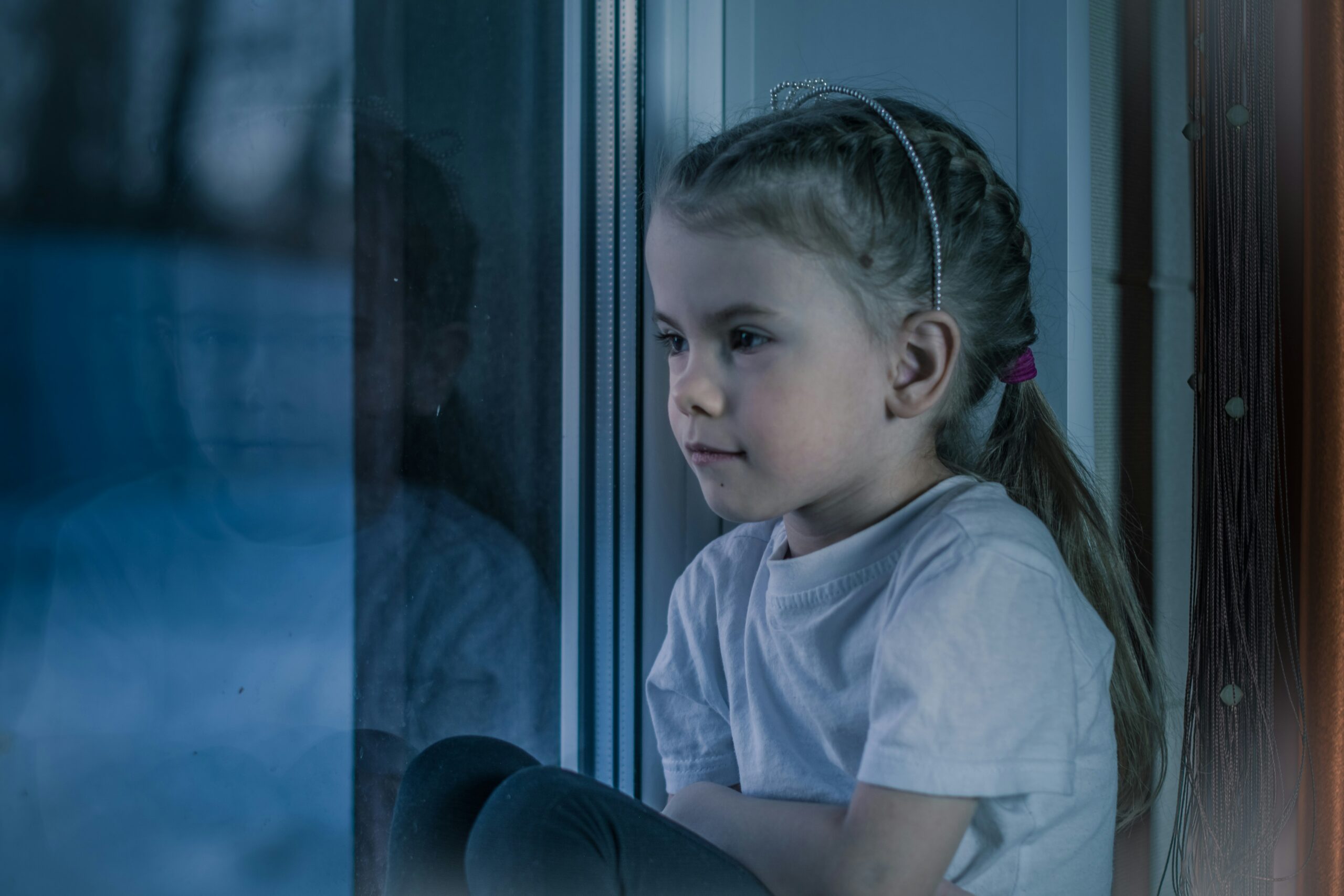Many young children approach a new classroom with a fair amount of trepidation. For some, their shyness and anxiety initially manifest in a failure to speak. However, as the days and weeks go by, these children gradually come out of their shells. But a few – perhaps as many as 7 out of every 1,000 children – continue to be silent throughout the school year. These children may have a disorder known as selective mutism.
- What is selective mutism?
- Causes
- Tips for Parents
- Consider the following advice for parents who suspect selective mutism in their child.
- Do not pressure the child to speak.
- Excluding the first month or so of school, if the child's failure to speak in specific situations continues for more than a month, talk to your pediatrician or consult a psychologist or psychiatrist.
- The goal of treatment is to reduce the child's anxiety and build up his confidence in social situations.
- Avoid any treatment plan that sees the child's behavior as controlling or manipulative and recommends a disciplinary or punitive approach.
What is selective mutism?
Children with selective mutism are fully capable of speaking, and they generally communicate normally at home and in situations where they are comfortable. These children are not willfully refusing to speak. They actually are unable to speak or effectively communicate in certain social settings, most notably school.
Almost all children with selective mutism also have social anxiety disorders. While an inability to speak might not present itself until a child is exposed to social situations (most kids are diagnosed between ages 3 and 8), in hindsight, the child likely showed earlier signs of severe anxiety, timidity, and fearfulness but was simply considered shy.
Kids with selective mutism are often talkative and even boisterous at home but fearful and anxious in settings where there is the expectation of social interaction and communication. Some of them freeze in these situations and become expressionless, withdrawn, and completely mute with both peers and adults. Others seem relaxed and are able to communicate with a few select children, sometimes in a whisper.
Causes
It is thought that most children with selective mutism have inherited a predisposition to anxiety. Some children who are affected have one or more family members with a history of selective mutism, extreme shyness, or anxiety disorders.
It has been hypothesized that the timidity and fearfulness that characterizes individuals with anxiety disorders is caused by a low threshold of excitability in the amygdala, a part of the brain involved in controlling emotional responses. When a child is in an uncomfortable or fearful scenario, the nervous system sends danger signals to the amygdala, which sets off a protective reaction. For children with selective mutism, this is manifested withdrawal from the social situation.
About 20 to 30 percent of children with selective mutism have speech or language abnormalities that place additional stress on the child and increase the anxiety in situations where there is an expectation to speak.
Tips for Parents
Children with selective mutism should not be expected to simply grow out of it. The earlier a child is diagnosed and treated, the better the prognosis. Left untreated, the mutism may become habitual, and those around the child will stop expecting him to speak, reinforcing the social isolation and increasing the child’s anxiety.
Consider the following advice for parents who suspect selective mutism in their child.
Do not pressure the child to speak.
Convey understanding of the child’s fear and frustration, and let him know that you can help. Offer positive reinforcement for the child’s efforts and successes.
Excluding the first month or so of school, if the child’s failure to speak in specific situations continues for more than a month, talk to your pediatrician or consult a psychologist or psychiatrist.
An experienced professional will be able to differentiate selective mutism from other disorders for which it is sometimes mistaken, including autism.
The goal of treatment is to reduce the child’s anxiety and build up his confidence in social situations.
There are several therapeutic approaches that have been successful, including behavioral therapy, in which the child is gradually introduced to social environments in a non-threatening way. With cognitive-behavioral therapy, the child’s fear and anxiety are redirected to positive thoughts. The appropriate therapy for each child depends on individual factors such as age, other conditions that may be present, and the duration and severity of mutism.
Avoid any treatment plan that sees the child’s behavior as controlling or manipulative and recommends a disciplinary or punitive approach.
This will only increase the child’s anxiety and reinforce the mutism.
The most important thing for parents to realize is that selective mutism is caused by anxiety. Pressure to speak from parents, teachers, and peers simply intensifies the child’s fears and makes things worse. But with early intervention and a supportive environment, children can successfully overcome selective mutism.

